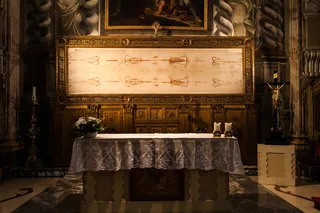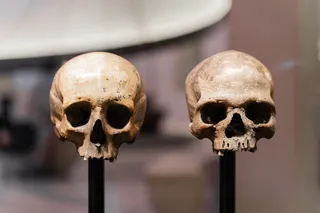A few coins that date to the first century B.C. are the only evidence of the lost city of Natounia (Natounissarokerta).
But researchers now suspect they’ve discovered more. Dr. Michael Brown, a researcher at the Institute of Prehistory, Protohistory and Near-Eastern Archaeology of Heidelberg University, led a research team to study a mountain fortress named Rabana-Merquly, found in modern Iraqi Kurdistan. Their recent findings, published in Antiquity, unpack the settlement structures and history of the Parthians, a significant historical power we know little about.
The Parthian empire ruled over 2,000 years ago and extended over parts of Iran and Mesopotamia. And until now, the location of Natounia was unknown. But researchers suggest that the name Natounissarokerta contains the royal name of the individual Natounissar, the founder of the royal dynasty. According to one scientific interpretation, it was also the Parthian word for moat or fortification.
“This description could apply to ...















